
Feel free to add tags, names, dates or anything you are looking for
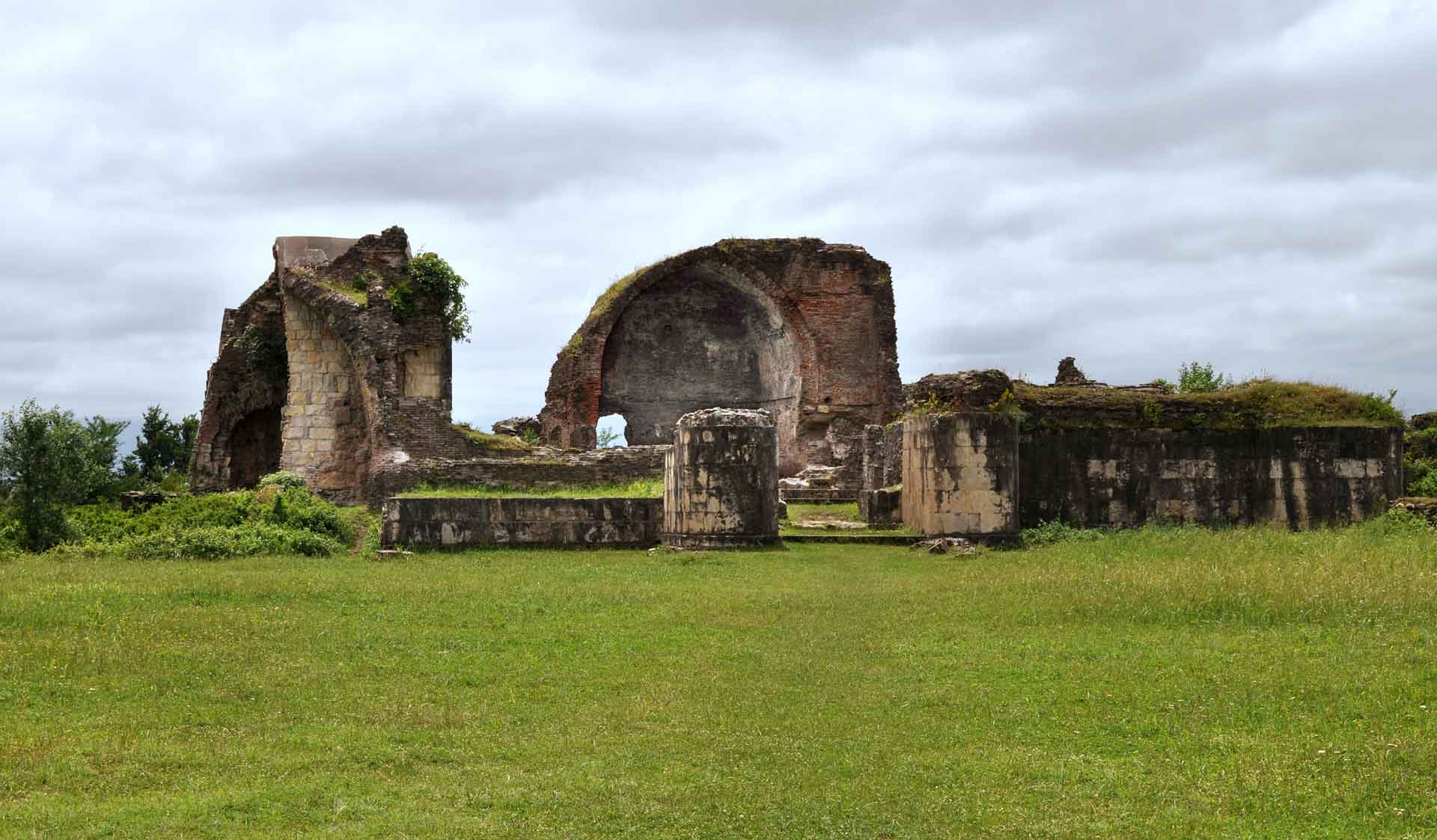

Near the village of Geguti, 7 km south of Kutaisi, where the Rioni Valley opens into a wide plain, stands a large ruined palace that once belonged to the Georgian monarchy. It has been supposed that the palace was built on the remains of a Roman castellum, which can be identified as being that of Mocheresis mentioned by ancient authors.
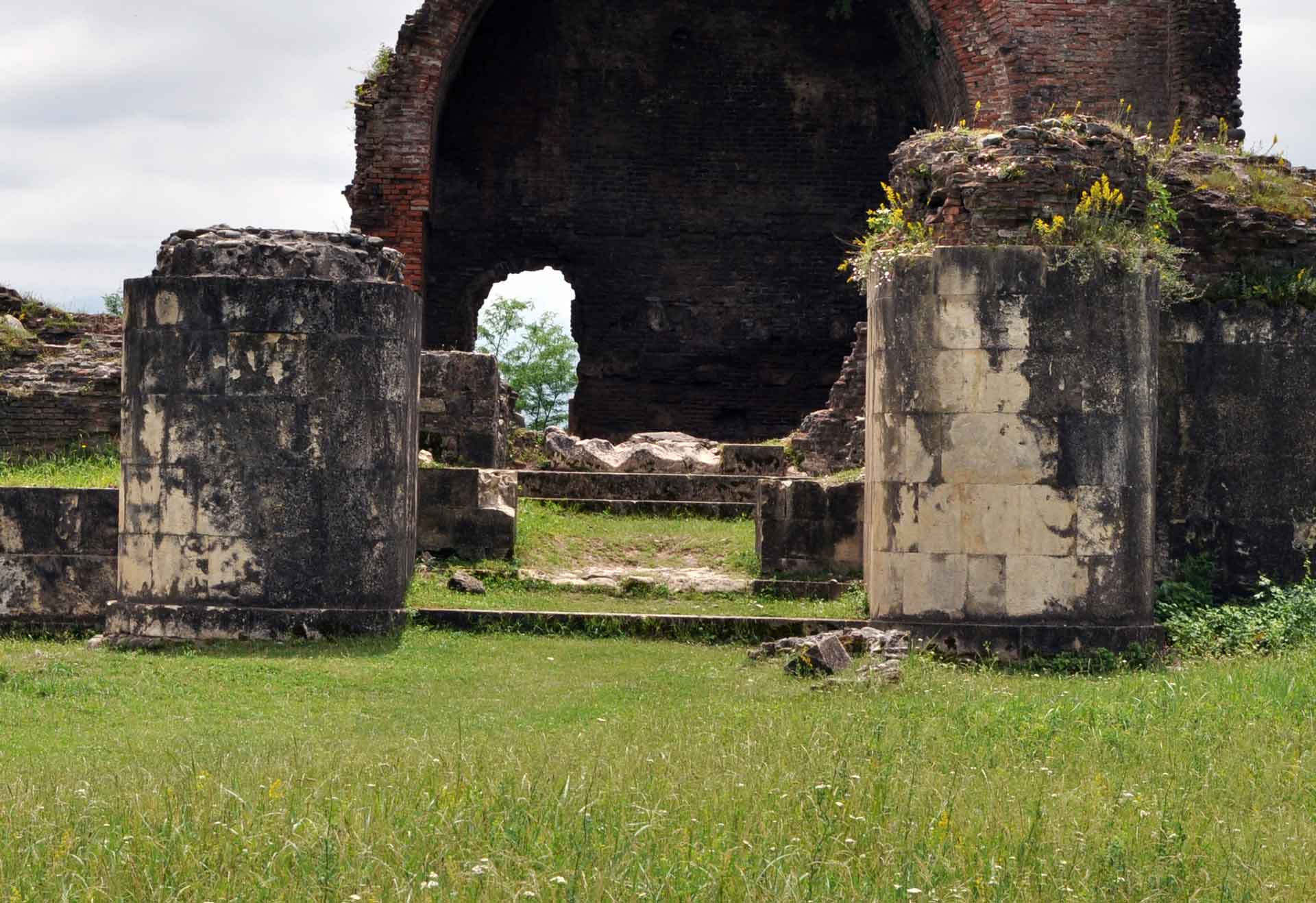
The main entrance of the palace
Prior to the construction of the palace, a much smaller house with a fireplace had stood at the site from the ninth century. It was later enlarged to become the royal hunting lodge, and King David IV the Builder (1089-1125) stayed there while hunting in the woods of Imereti. However, it was his grandson King George III (1156-1184) who fully reconstructed the house and transformed it into the great palace that served Georgian kings as a royal residence near their second capital. His daughter, the celebrated Queen Tamar (1184-1213), frequented the palace throughout her reign. In the thirteenth and fourteenth centuries, additional structures and a palatine chapel were built to the west and south of the palace.
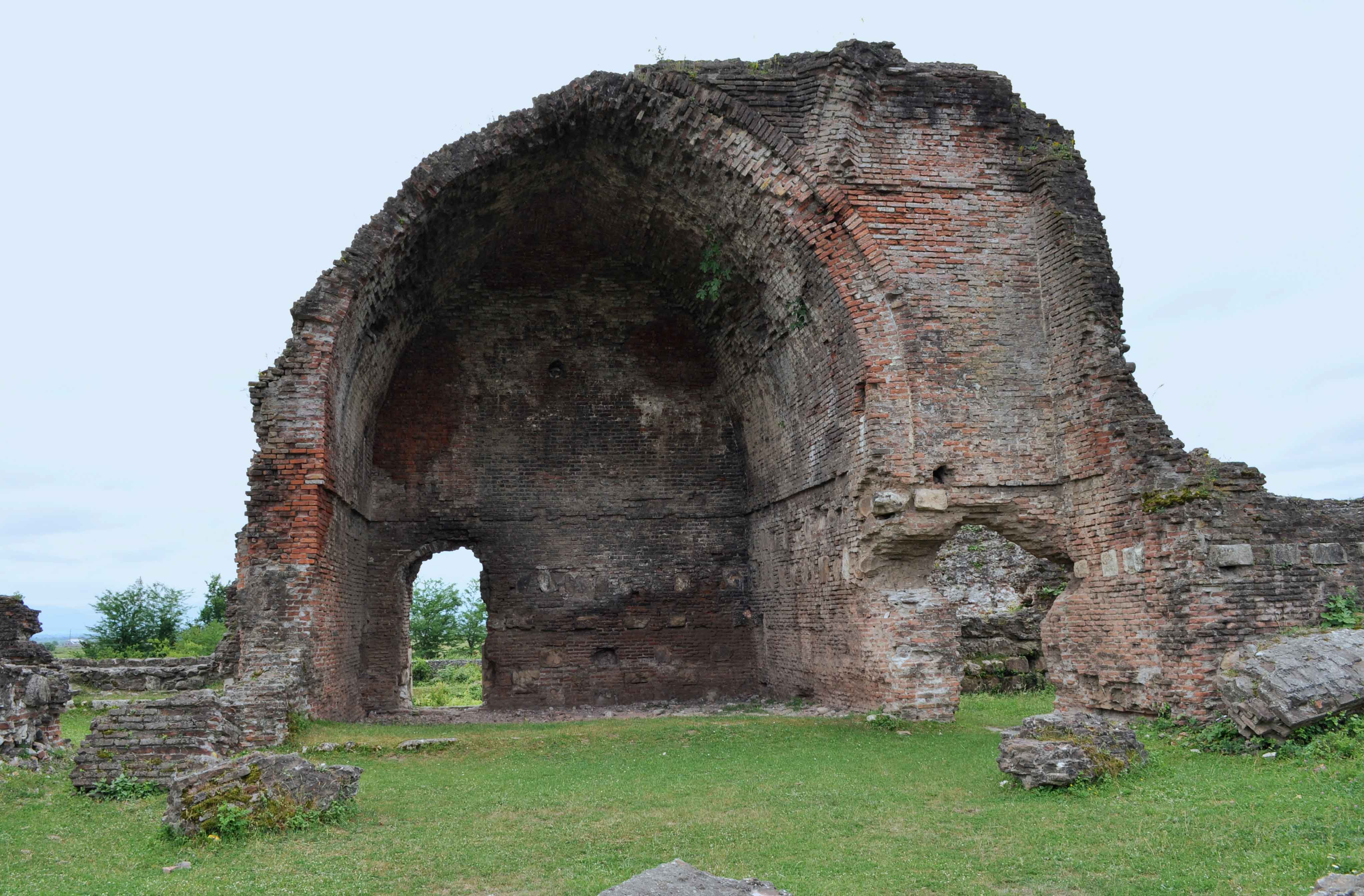
Ruins of the audience hall
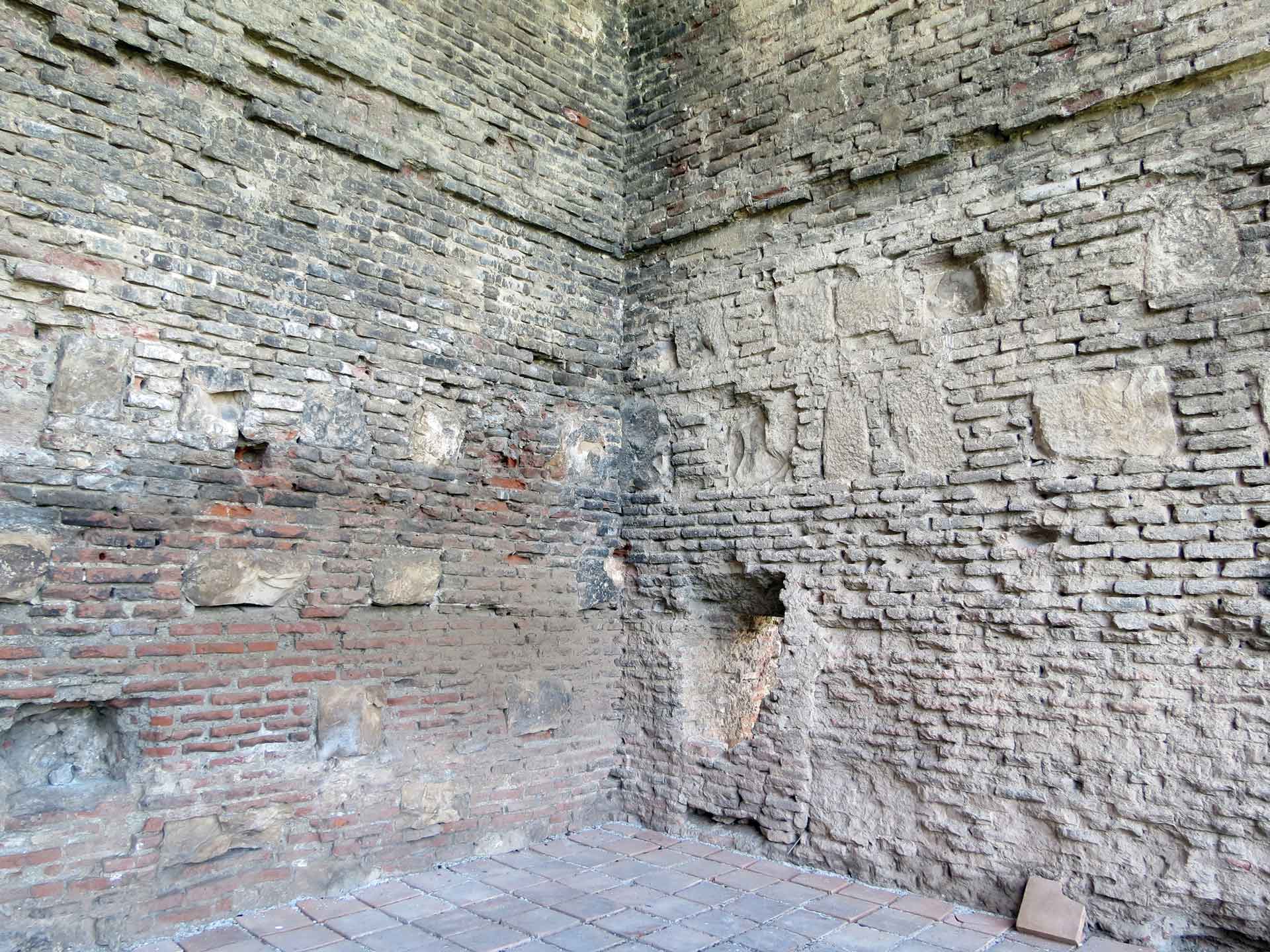
Walls of the audience hall
The Palace of Geguti is an imposing building covering about 2000 square meters. Even in its present dilapidated condition, it still conveys an impression of greatness. It is set on a 2.8m high stone plinth, while the palace itself is built mostly of brick with stone insertions and facings in some parts.
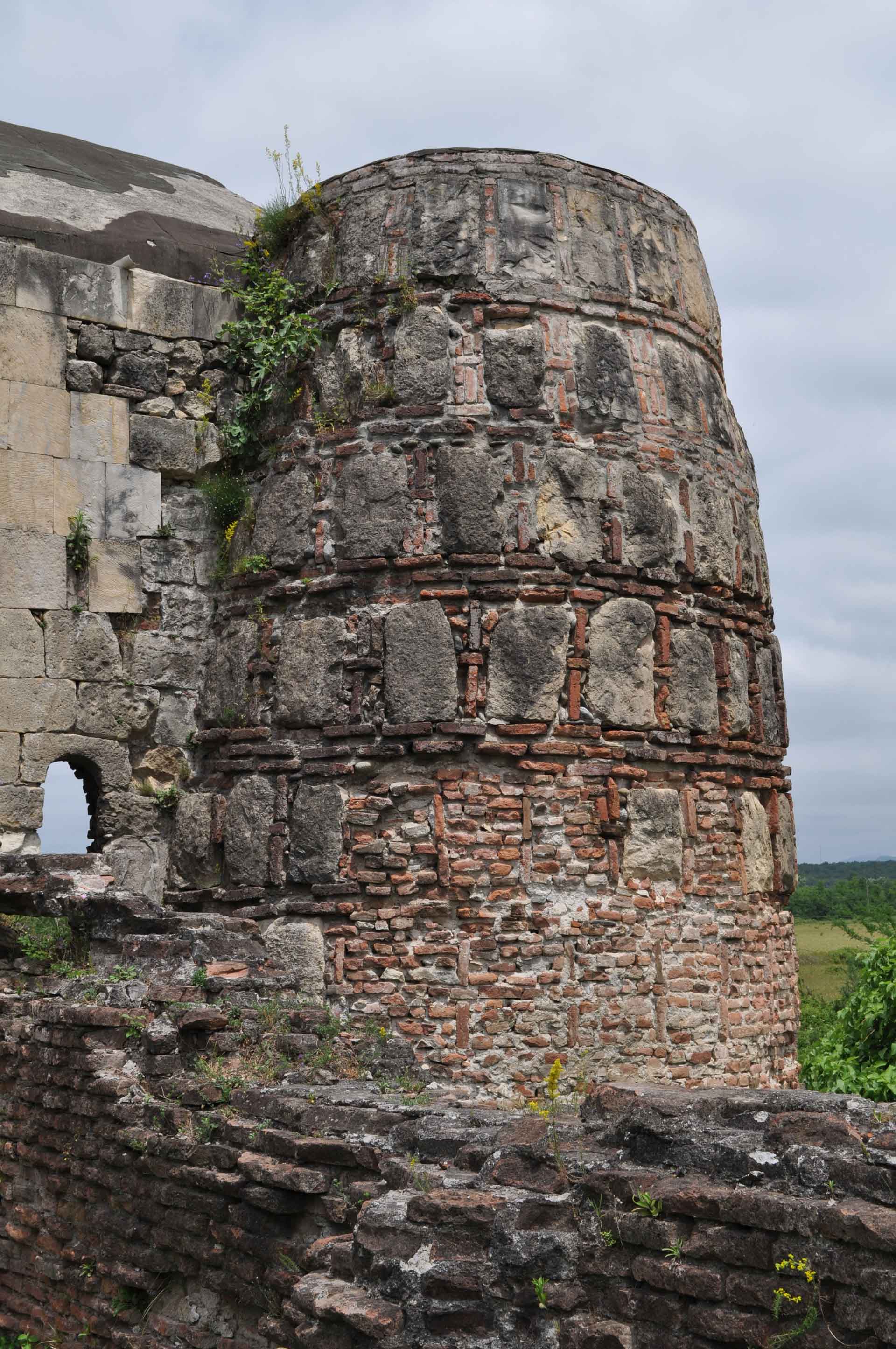
The corner buttress
The walls are reinforced with strong round buttresses that project from the facades at the corners and on all four sides. The core of the palace is a spacious cruciform audience hall that was once covered with a 14-metre wide dome resting on squinches. Side rooms of various sizes served as private chambers for the royal family and their retinue, the treasury, and storage areas.
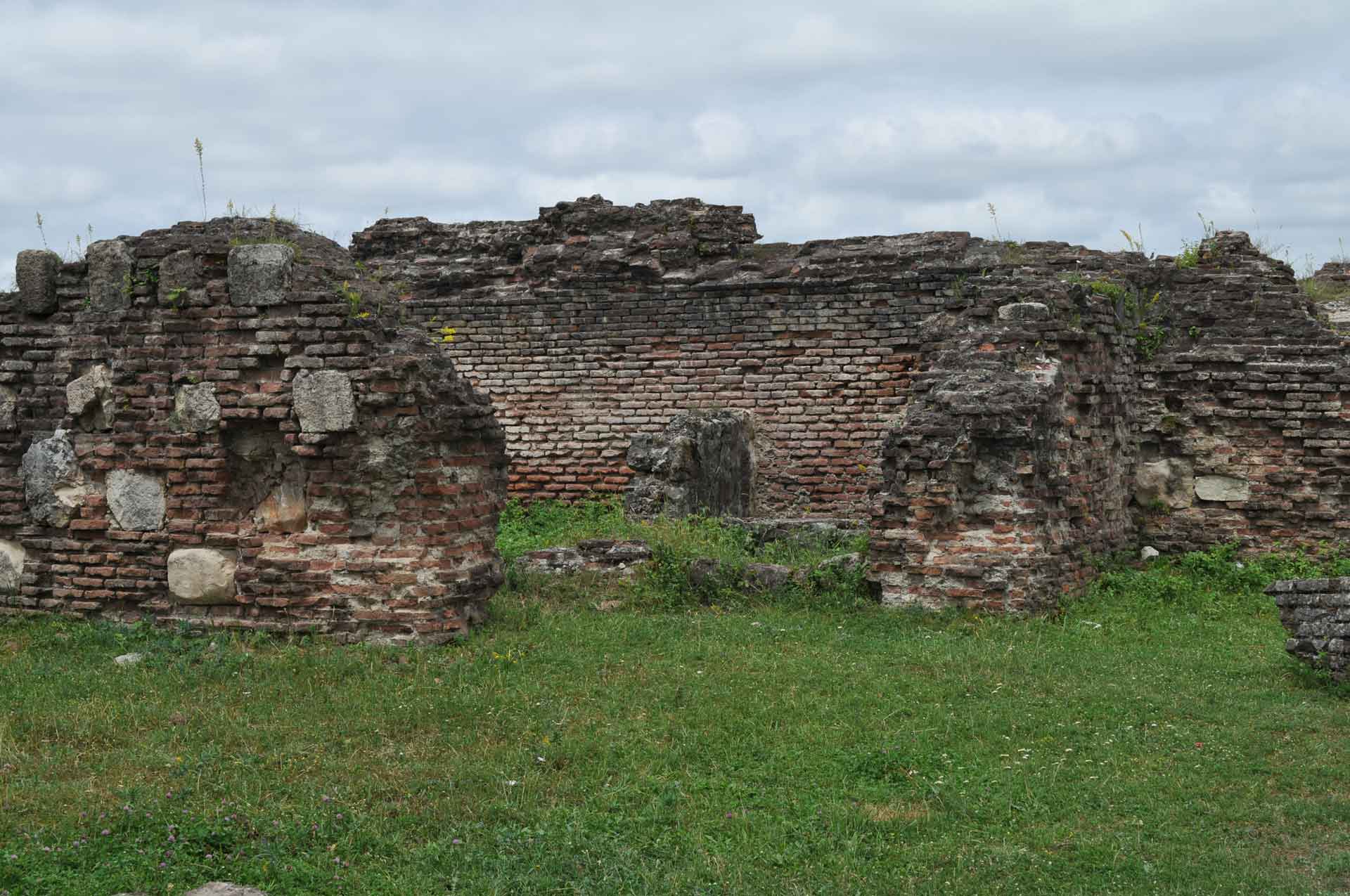
Ruins of the side rooms
In the late Middle Ages, after the disintegration of the Georgian Kingdom, the Palace of Geguti was used by the kings of Imereti. It was subsequently abandoned and fell into a state of disrepair that brought about its destruction in the nineteenth century. Partial restoration of the palace was carried out in the 1960s.